Idea by
Etienne Issa
Call for ideas 2021
Fungal Ties
Fungal Ties
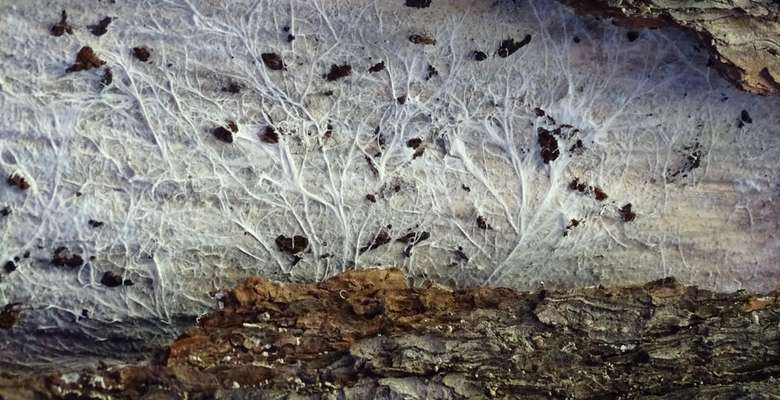
- New alliances
Fungal Ties refers to the associations of fungi - where they situate in relation to human and other non-human forms of life and how we can interact with them to define a new vernacular spatial model while nurturing environmental change and social engagement. The applied research focuses on mycelium as an active agent to forge new ties between building and ground, simultaneously fed by cultural codes and local practices. It has already been the subject of exploration from packaging substitutes to polyurethane foams and plastics, but also from building material such as brick modules, cladding and insulation elements, and public installations. The project investigates the place of mycelium in the built environment as a load-bearing organic material that fosters care through its life cycle. How can we make use of traditional knowledge juxtaposed with emerging technology to define a new vernacular architecture that gives back an added value to the land?
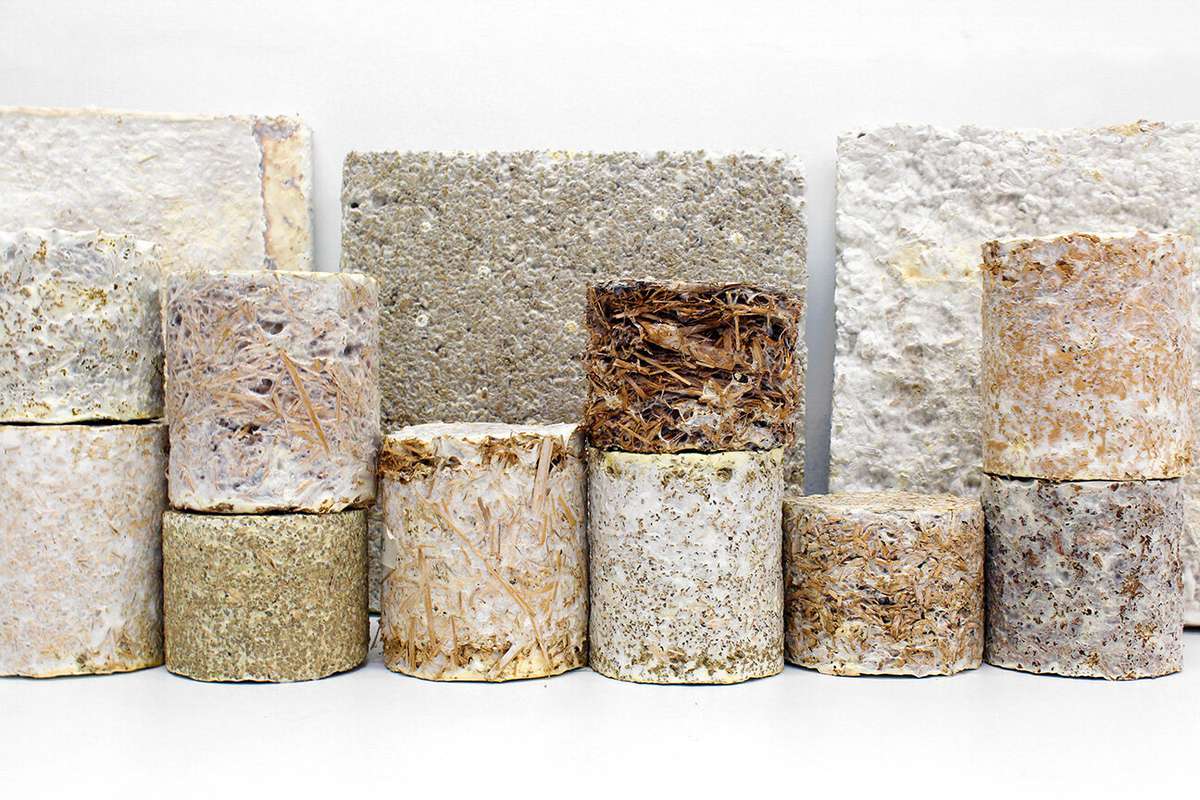
Credit: Material Incubator. Mycelium composite samples
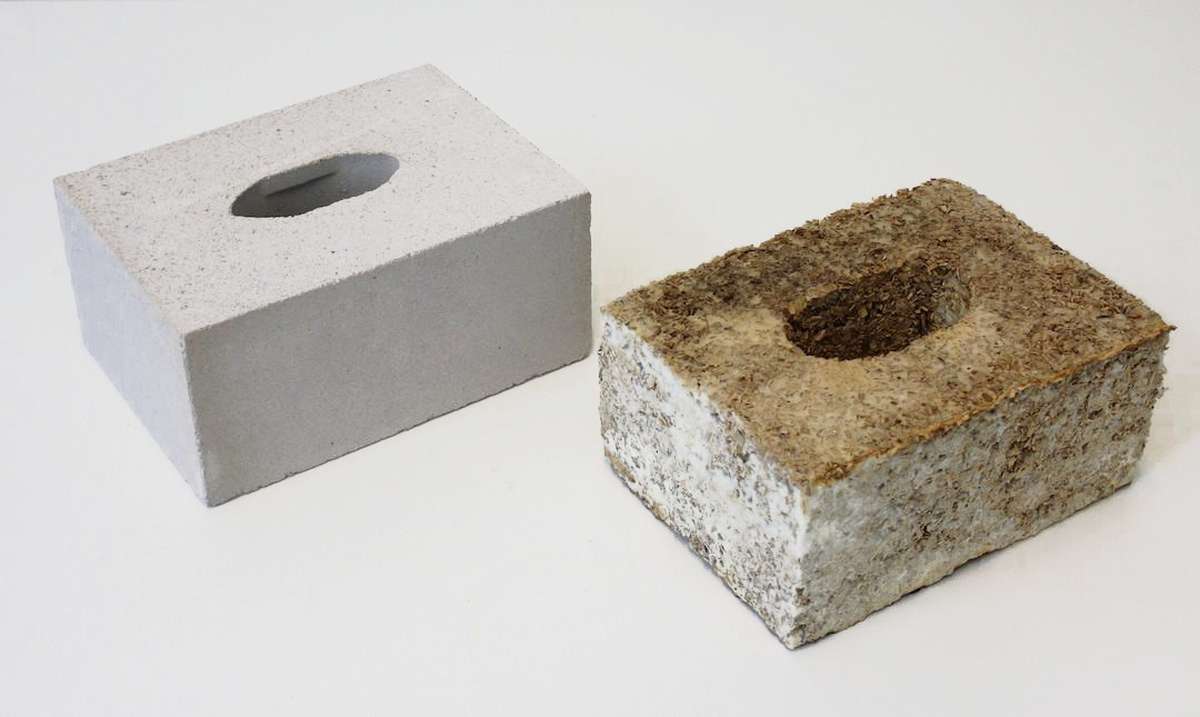
Credit: RWTH AACHEN University, Chair of Structures and Structural Design. Fossil-based brick and mycelium-based brick
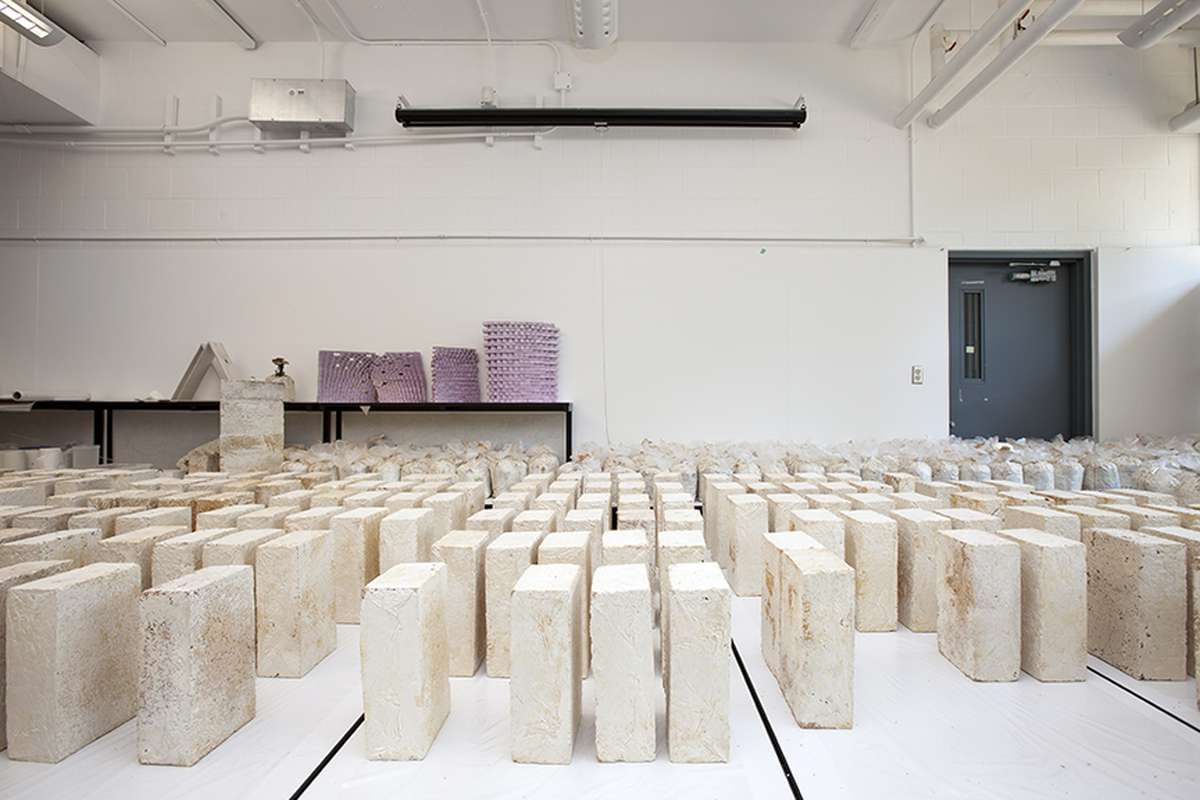
Credit: Studio for Form and Energy, University of British Columbia School of Architecture and Landscape Architecture. Mycelium blocks
Fungal Ties
Fungal Ties

- New alliances
Fungal Ties refers to the associations of fungi - where they situate in relation to human and other non-human forms of life and how we can interact with them to define a new vernacular spatial model while nurturing environmental change and social engagement. The applied research focuses on mycelium as an active agent to forge new ties between building and ground, simultaneously fed by cultural codes and local practices. It has already been the subject of exploration from packaging substitutes to polyurethane foams and plastics, but also from building material such as brick modules, cladding and insulation elements, and public installations. The project investigates the place of mycelium in the built environment as a load-bearing organic material that fosters care through its life cycle. How can we make use of traditional knowledge juxtaposed with emerging technology to define a new vernacular architecture that gives back an added value to the land?

Credit: Material Incubator. Mycelium composite samples
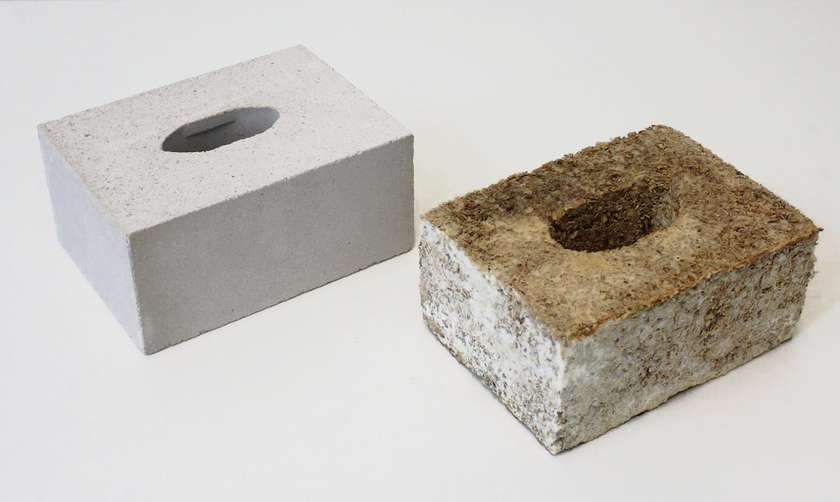
Credit: RWTH AACHEN University, Chair of Structures and Structural Design. Fossil-based brick and mycelium-based brick
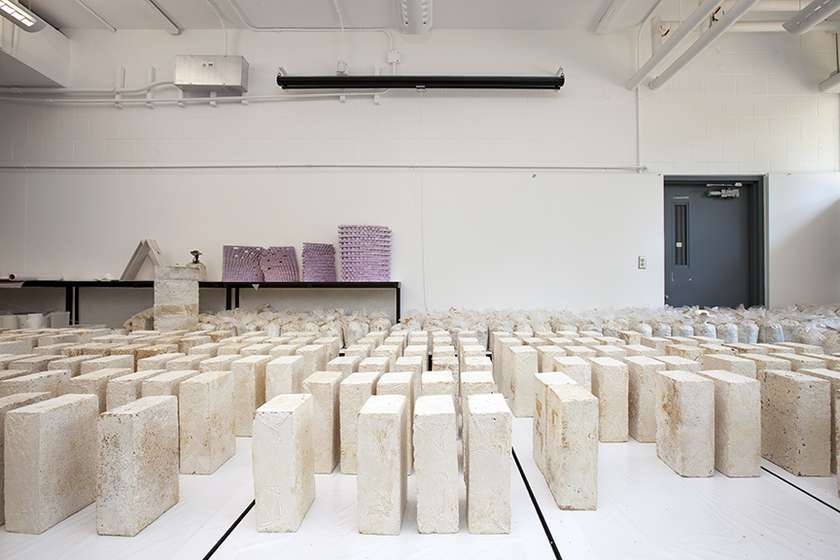
Credit: Studio for Form and Energy, University of British Columbia School of Architecture and Landscape Architecture. Mycelium blocks